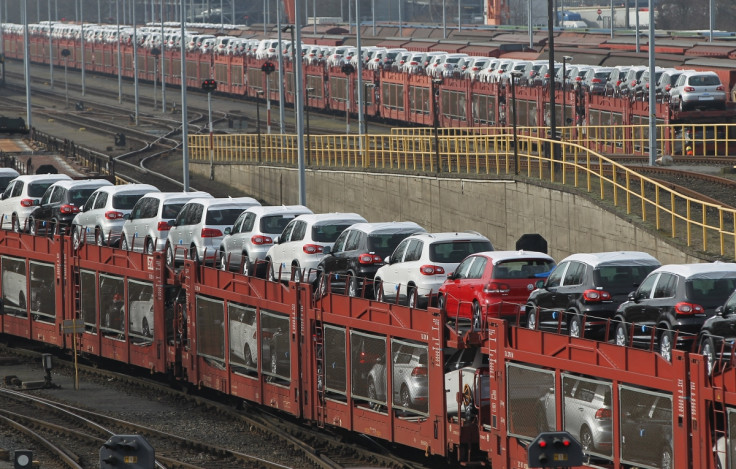Earth Day 2016: Over 100 diesel cars in UK do not meet emissions standards

Air quality in the UK is getting better over the years but vehicular pollution, especially the emission of the harmful nitrogen dioxide, still remains a major concern for the government. A recent report by the transport department confirmed that diesel vehicles on UK roads exceed permissible emission levels, with some showing about 12 times higher emissions.
The government test report also shows the on-road levels of nitrogen oxide (NOx) emissions for 100 top-selling diesel vehicles — including Audi, Ford, BMW, Land Rover, Mercedes, Nissan, Hyundai, Skoda — are higher than the levels recorded during laboratory tests. The government is now gearing up to introduce additional testing measures for new cars from 2017 to ensure their emission levels are within permissible limits.
The Volkswagen emissions scandal, which came up in September 2015 revealing that 11 million of its vehicles worldwide — including 1.2 million in the UK — were fitted with "defeat devices", prompted the transport department to investigate if other car manufacturers have any such devices to manipulate emissions results during approval tests. Diesel cars make up 38% of the British licensed car fleet, according to the report Vehicle Emissions Test Programme.
Although the test programme on the diesel cars did not find any evidence of defeat devices in other manufacturers' cars, emissions tests revealed that the levels of NOx emissions in "test track and real world driving conditions" for all manufacturers' vehicles are way higher than the levels recorded during laboratory tests for approval. The results did vary "significantly" between different makes and models.
It revealed that on an average the measured road test NOx emissions from Euro 5 vehicles were 1135mg/km, about more than six times higher than the 180mg/km official legislative New European Drive Cycle (NEDC) laboratory test limit. On an average, the measured road test NOx emissions from Euro 6 vehicles were 500mg/km, over six times higher than the 80mg/km official legislative NEDC laboratory test limit.
The laboratory tests showed that all the Euro 5 vehicles tested met the legislated 180mg/km limit on the "cold" NEDC, allowing a 5% tolerance to take into account mileage and service history. The "hot" test, with a fully warm engine, showed some vehicles meeting the emissions limit, while others did not. The highest emission level recorded for a hot test was 2.4 times higher. The cold and hot tests for Euro 6 vehicles showed similar results.
The investigation ordered by the Secretary of State for Transport helped study the discrepancies in the results of laboratory tests and real world tests, showing how temperature and ambience affect the test results.
The laboratory testing was undertaken at a selection of commercial laboratories across the UK and the Real Driving Emissions testing was undertaken from the Vehicle Certification Agency's site in Nuneaton, using Portable Emissions Measuring System (PEMS) equipment that had been procured for this programme or were owned by the commercial laboratories.
© Copyright IBTimes 2025. All rights reserved.



















